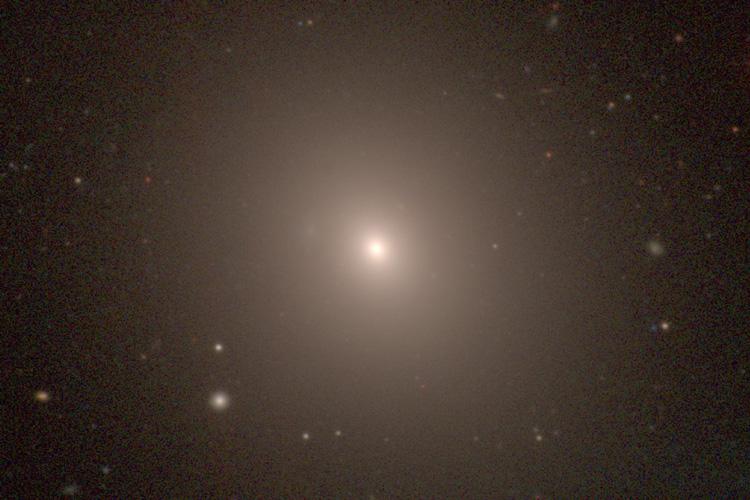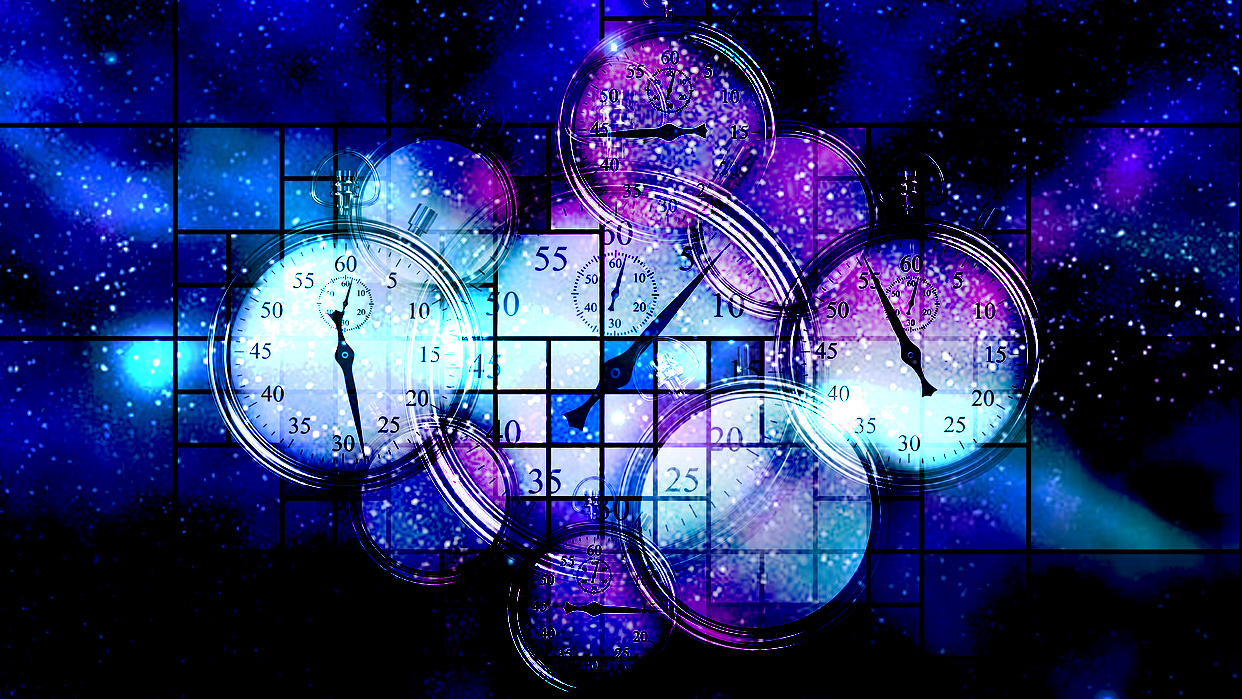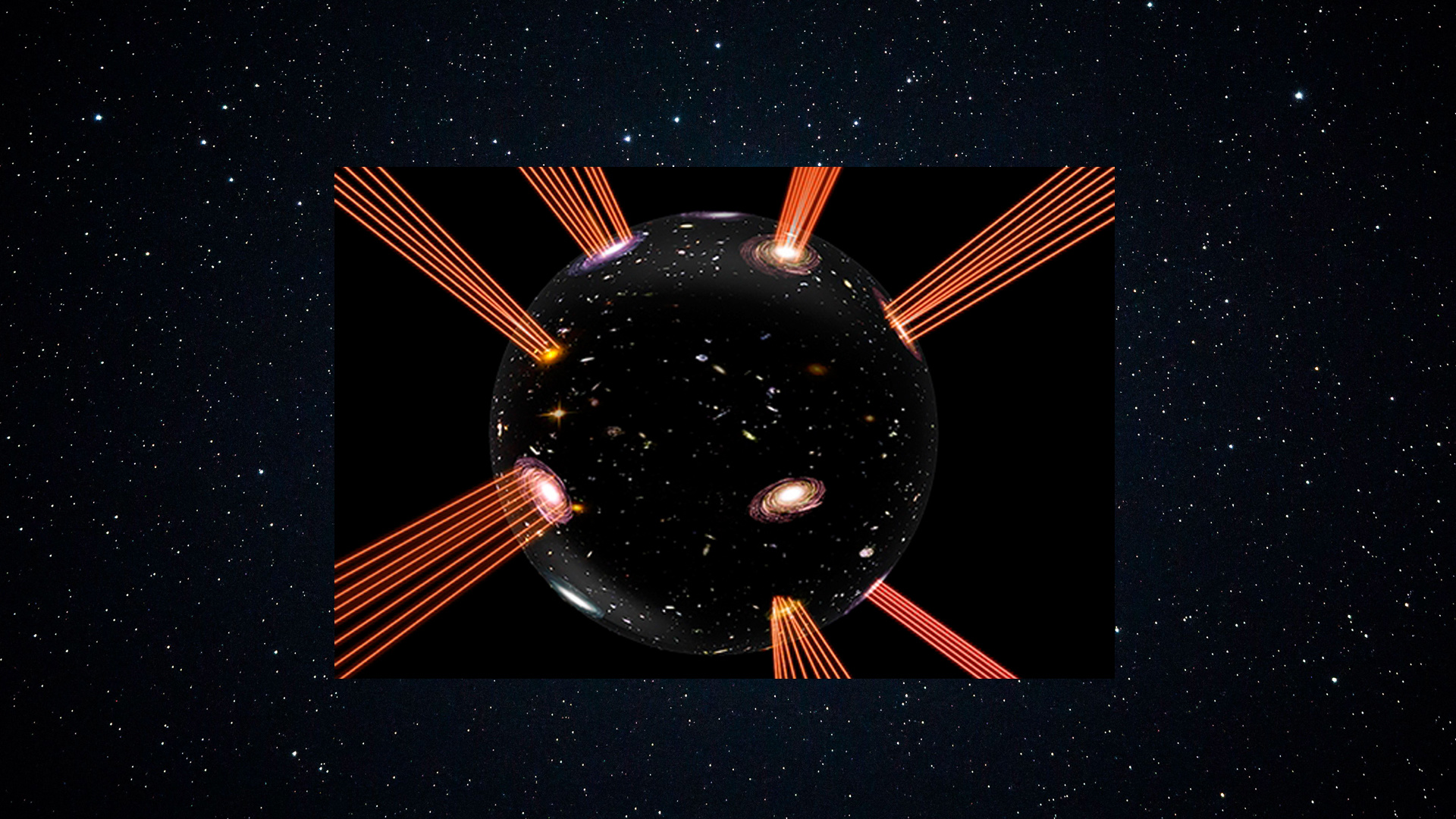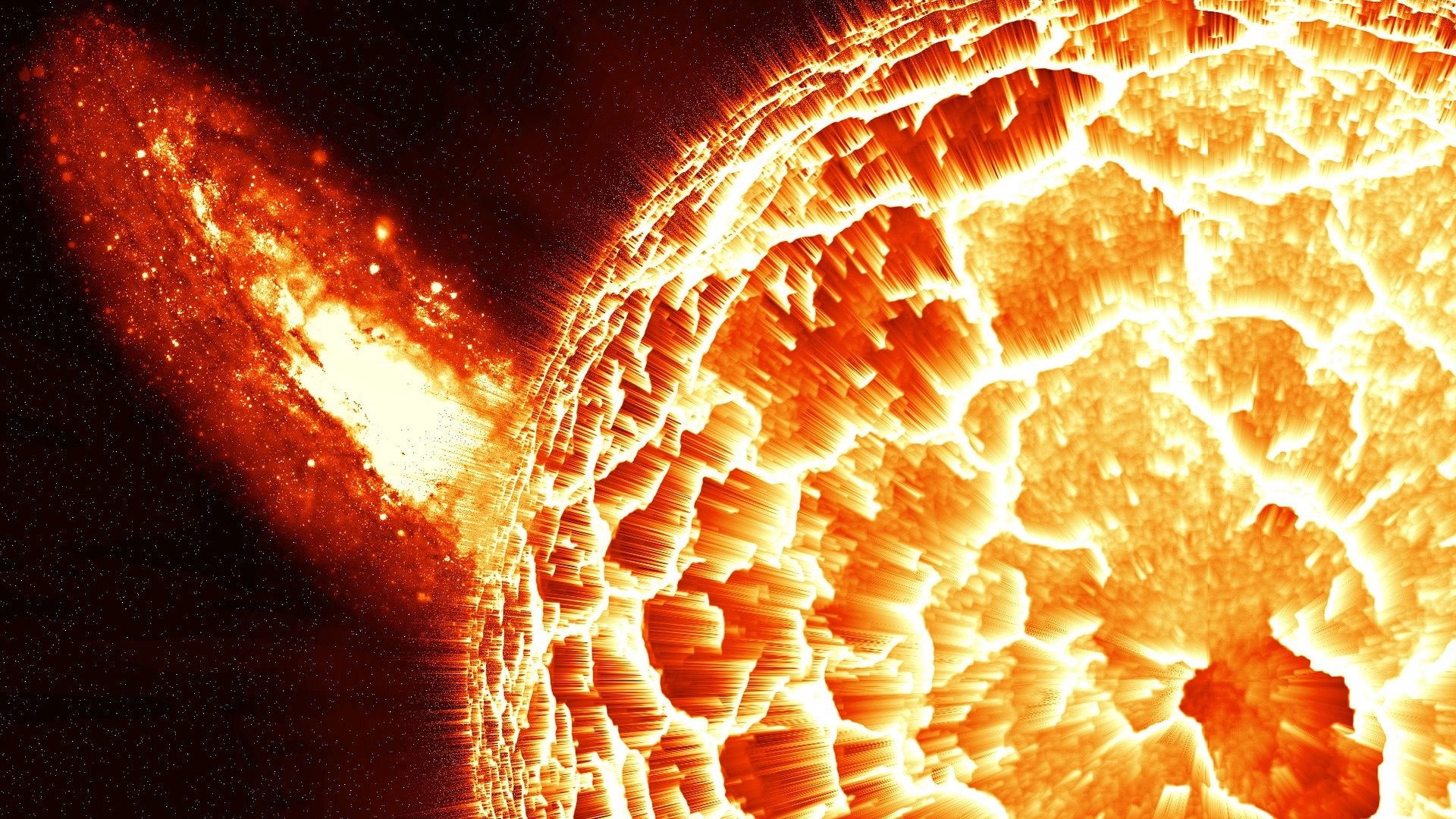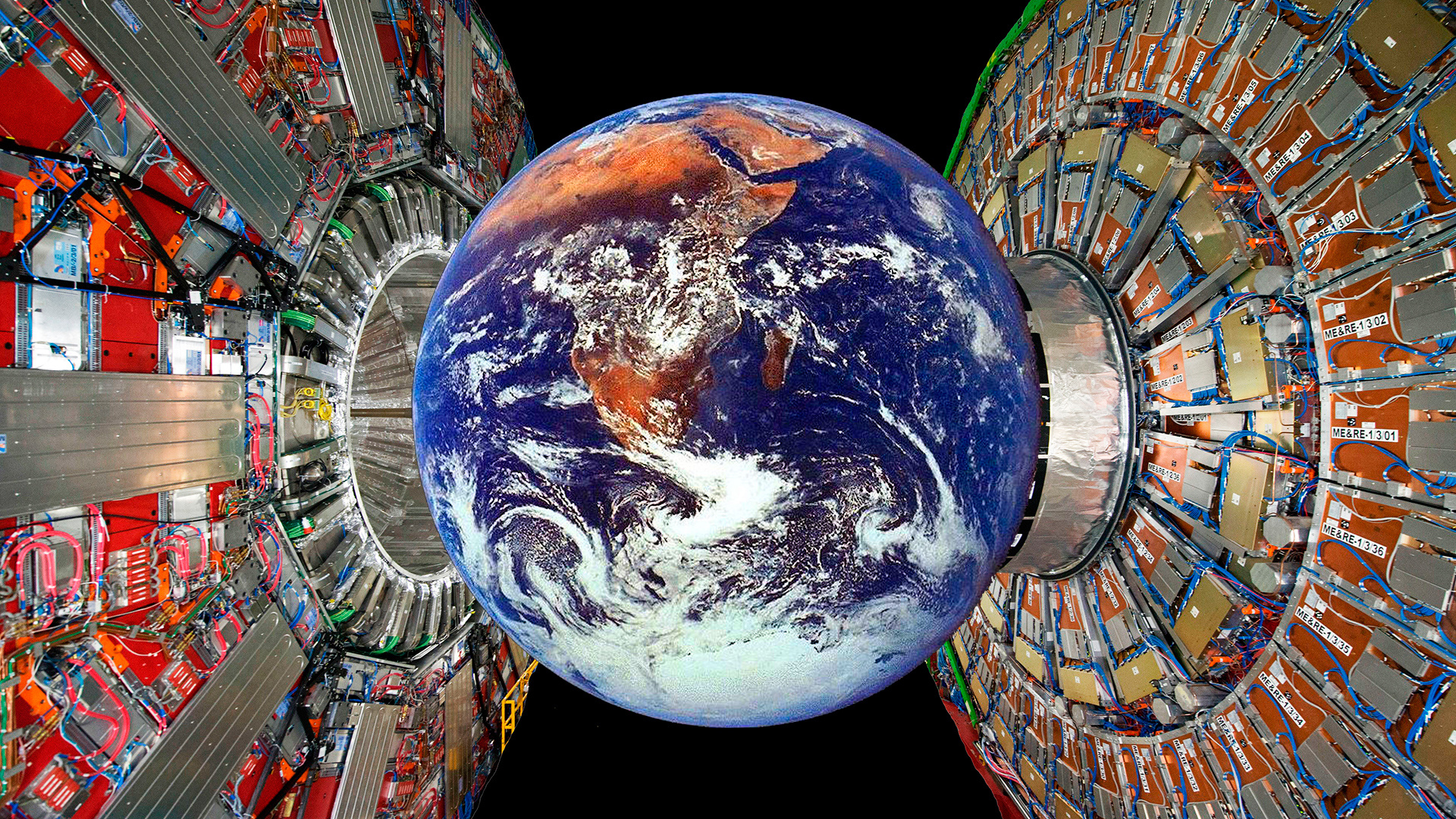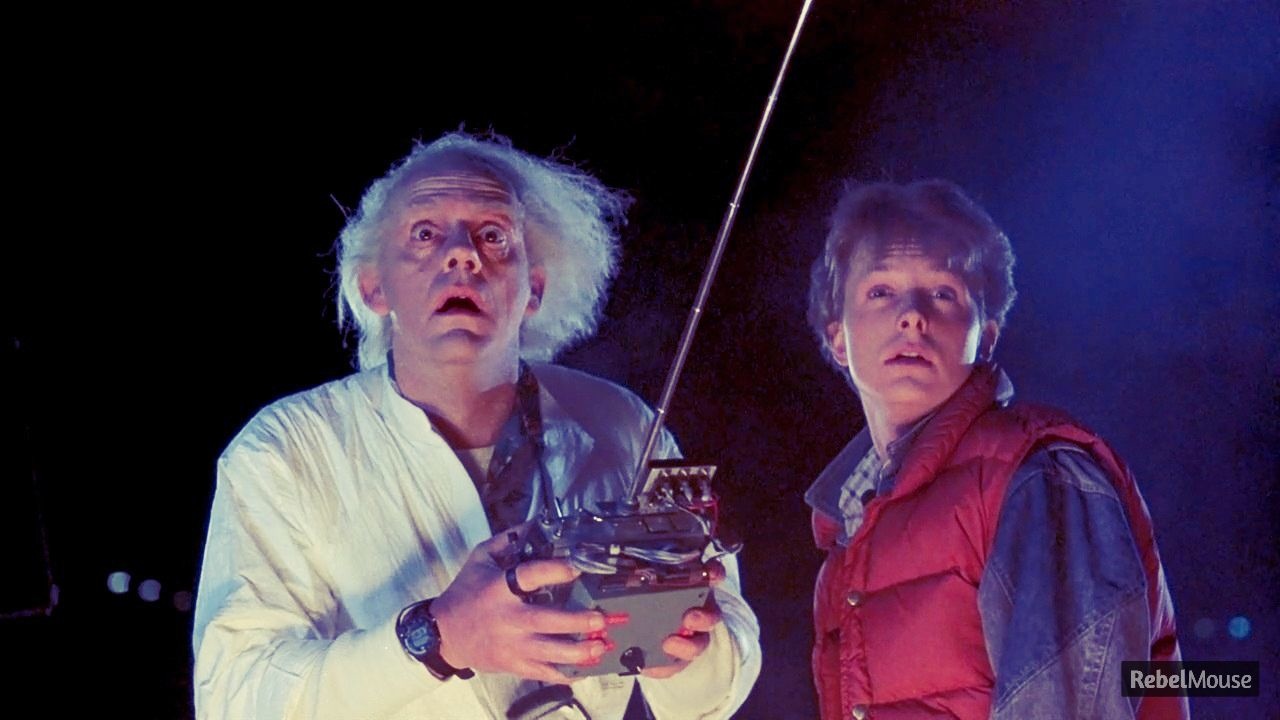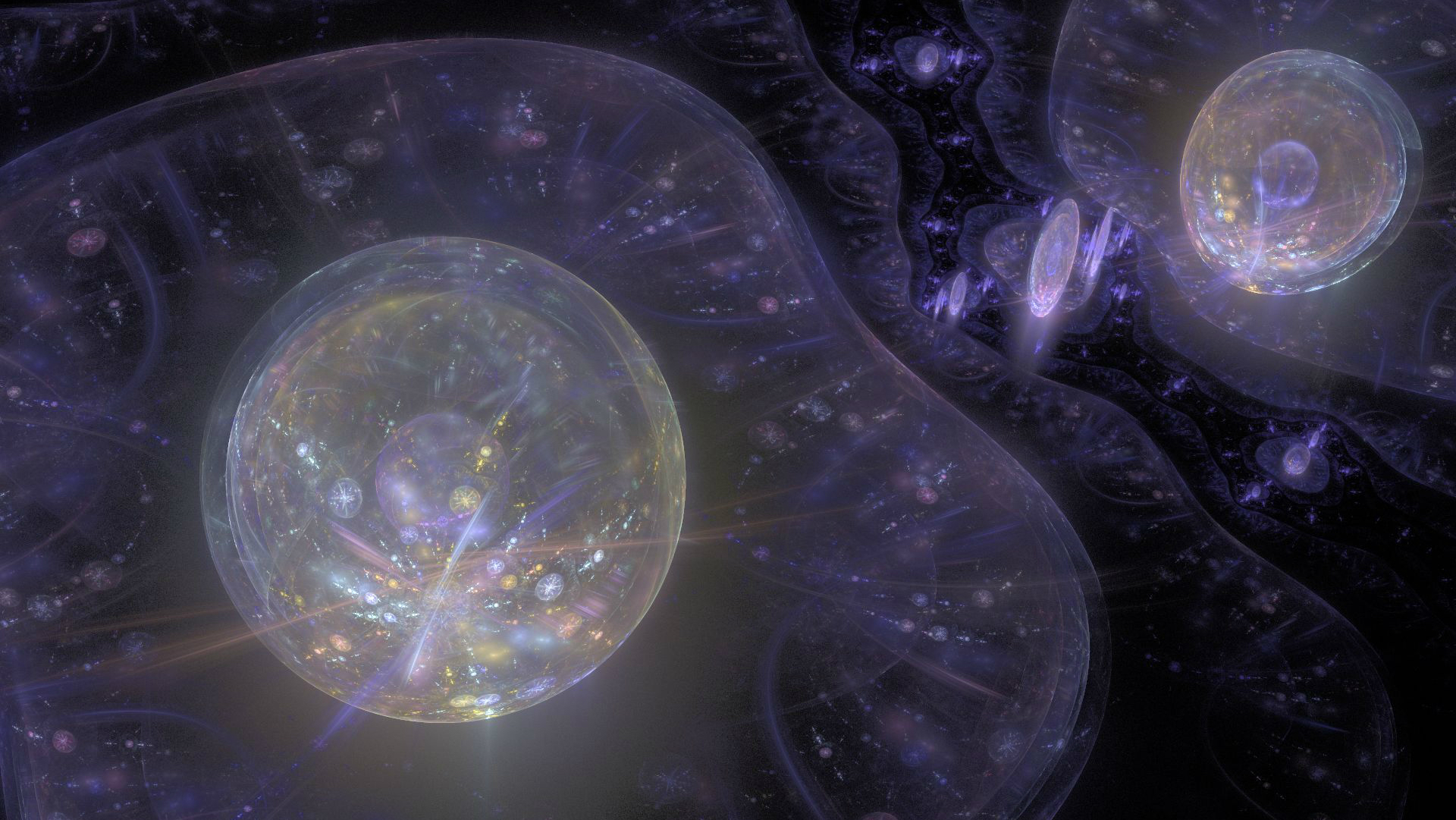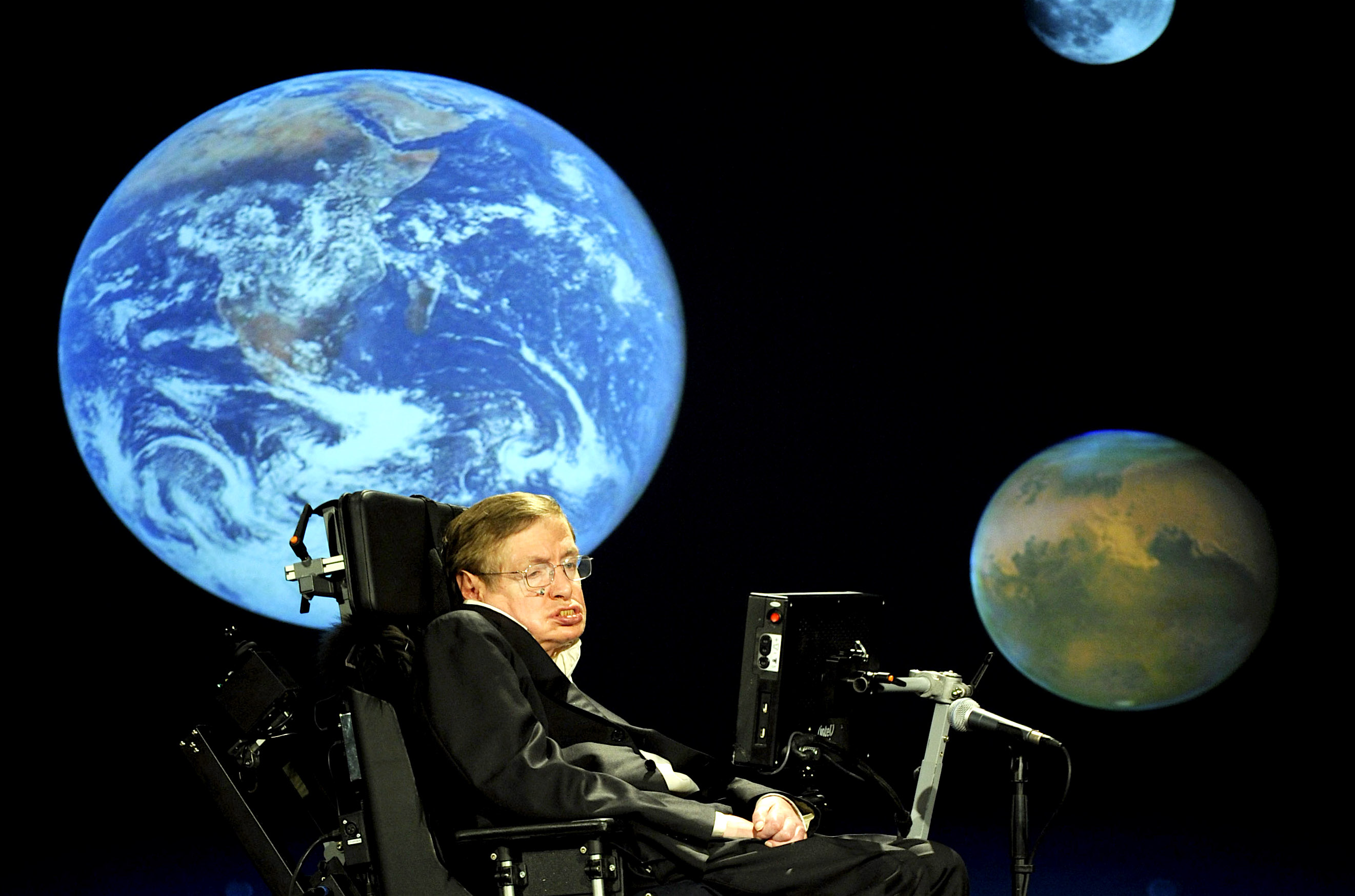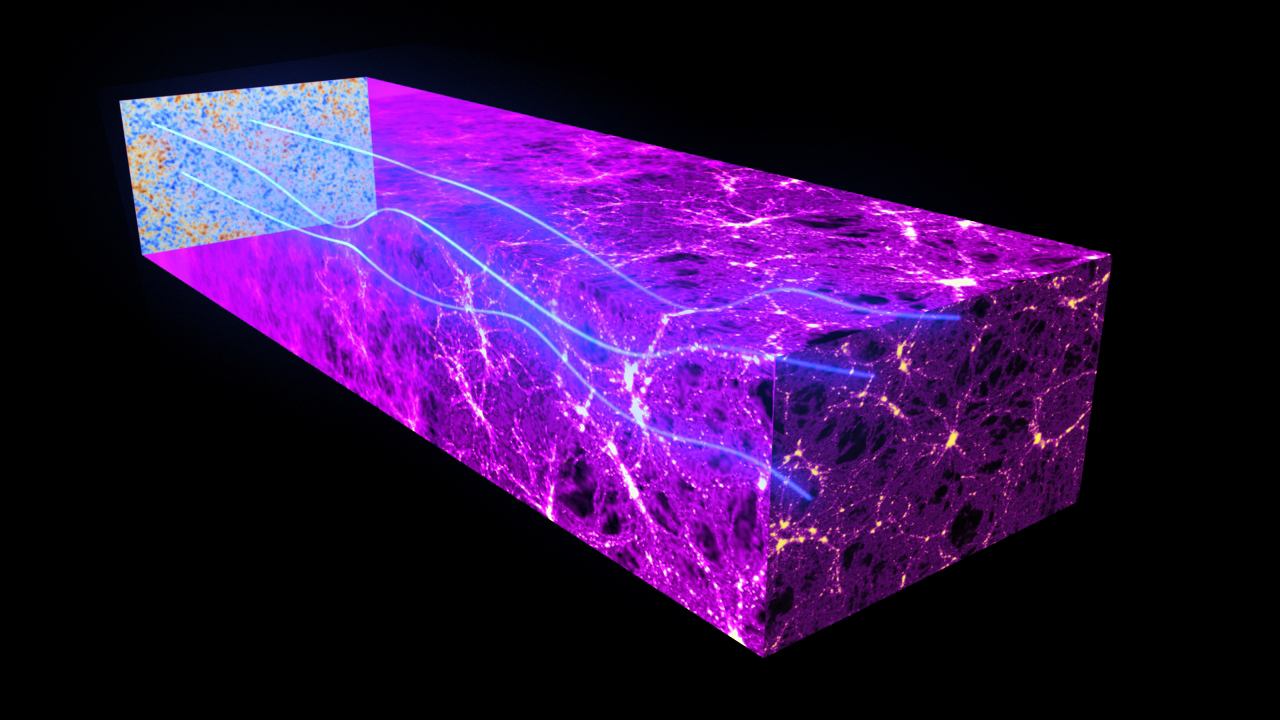cosmology
The controversy over the universe’s expansion rate continues with a new, faster estimate.
Physicists create quantum entanglement, making two distant objects behave as one.
Why does time flow in one direction? Why do humans perceive time so differently than it really is? Is there really a difference between the present, the past, and the future? These books explore these questions and more.
Cosmologists propose a groundbreaking model of the universe using string theory.
A theory from cosmology claims the Universe could rip apart to shreds.
A well-known cosmologist comes out with very stark warnings about particle accelerators.
Our experience of time may be blinding us to its true nature, say scientists.
Theoretical physicist and cosmologist Lawrence M. Krauss spoke at CSICon 2016 about scientists’ attempt to look back in time to the beginning of our universe.
Stephen Hawking has accepted an offer to go to space. He’s one of the world’s most famous scientists, who’s been paralyzed due to ALS for much of his life.
Our universe is flat, geometrically. But what exactly does “flat” mean?
